Have you also always wondered why some people have curls while others do not? Do you even dream of getting curls either naturally or using chemistry? Hair is a whimsical thing that can bring lots of joy but also frustrations when it does not want as we want. The science behind curls is also a sometimes complex thing, but in this post we will try to make it a little easier to understand. We will get around the building blocks of hair and the biology behind why some have curls while others have flat hair. In addition, you can also read what your hair actually needs if you want to give your natural curls the best life, and finally what you can do if you do not have curls from nature, but would like to have curly hair.
We hope you find the answers you are looking for. Really good read.
What is the hair made of - the structure of the hair?
Your hair, and everyone else's hair for that matter, is made up of about 80% protein (specifically keratin). 10-15% of the hair is water and the remaining 5-10% is a mixture of pigments, minerals and lipids. The outermost layer of hair is called the cuticle layer. Inside the cuticle layer you will find the hair bark, which makes up about 80% of the hair mass. When you dye, bleach or generally permanently treat your hair, the change in the scalp occurs.
The cuticle layer, which is the outermost layer of the hair, consists of keratinocytes that lie in layers and almost resemble the scales of a fish. This layer gossips incredibly much about the health of your hair. If the hair is healthy, these keratinocytes will lie flat and overlap each other like the roof tiles on a roof. When they lie like this, they protect the bark inside behind from outside influences such as wind, weather and heat. At the same time, this structure will be slightly light-reflecting, and therefore a cut in the hair is usually a sign of healthy hair.
If, on the other hand, the hair is damaged or stressed due to, for example, bleaching or frequent use of heaters, the hair will appear rougher because the keratinocytes are more irregular. When this is the case, it is much easier for harmful substances to penetrate into the bark layer of the hair. At the same time, the hair will quickly look dry, dull and very filtered. However, an intensive treatment or cure can restore a large part of the cuticle layer's smooth structure. Precisely why is an effective hair masque not something you should underestimate in your hair care routine.
Our hair is stuck in something called hair follicles. The follicle is an oblique depression in our scalp, in which the hair is stuck. Our hair is thus formed inside the follicle. In the upper part of the follicle there are sebaceous glands, which secrete sebum (sebum), which is to protect the scalp and hair from drying out. This is one of the reasons why our hair can look greasy - especially if you use sulphate-containing shampoo, which can be responsible for an overproduction of sebum in the scalp. Genetic predisposition, hormonal changes or stressful periods can also be the cause of an overproduction of sebum and thus an oily scalp and hair - or vice versa, in a very dry scalp.
You can read more about this in our post: “Curly Girl Method: From A To Z”.
Hair cycle
The hair cycle is a sometimes crazy and complex process, and therefore we do not want to go completely into this. However, humans have an average of between 80,000 and 150,000 hairs on their heads, and each strand of hair undergoes, in short, three different stages. They are as follows:
- The anagen phase: In short, it is the phase where hair grows. About 8 out of 10 hairs on the head are in this phase. It usually lasts between two and seven years, and the hair grows in this phase an average of 1-1.2 cm per month (or 0.3-0.45 mm per day).
- The catagen phase: This is a transition phase. Here, cell production stops in the follicle, which contracts, after which the hair falls out.
- The telogen phase: This is the resting phase. Here the follicle regenerates, the cells begin to divide again, and a new strand of hair begins to form. The phase usually lasts two to four months.
All hairs on the head go through this phase, and therefore it is also very natural that we lose a little of our hair when we brush it, for example. Yes, in fact, it is very normal to lose somewhere between 30 and 100 hairs a day. Hair loss is in most cases genetically determined, but during periods of drastic weather change, a stressful everyday life or poor circulation in the scalp, you may risk losing more hair than otherwise.
Why do you get curls?
How many strands of hair you have, how thick they are, and what hair color you get are all genetically determined. The same applies to the structure of the hair, and thus also whether you have curls, flat hair or a combination. Once you have curly hair, it is determined by the shape of the follicle. If it is formed in the hair follicle as either oval, round or elliptical, it will mean that the hair grows out in a spiral - that is, as a beautiful curl.
When you have curly hair, you also talk about the ellipticity of the hair. Ellipticity means the degree of flattening of a circle. This means that as the ellipticity increases, the degree of shape of the curls will also increase.
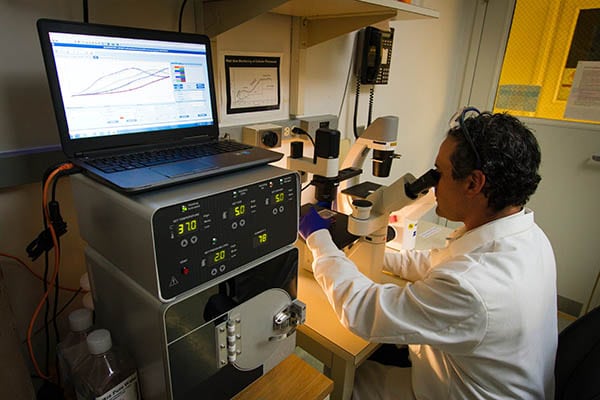
What does curly hair need?
Naturally curly hair tends to be more fragile than straight hair. This is due to the heterogeneous shape of the hair fibers. This uneven structure can mean that the keratinocytes are more lifted compared to straight hair, which as you know gives hair that is more vulnerable to external influences and damage.
In addition, curly hair tends to be porous (read more about hair porosity and why it is important here). Having hair with high porosity means that the hair easily absorbs water and moisture. It can be a challenge for many with curls, as it also means that the hair tends to "swell up" and become very frizzy. Therefore, curly hair usually needs extra moisture. It can get it by using good and moisturizing products both during hair washing and after. Among other things, a lot of curly-haired people will benefit greatly from investing in one hair oil, which matches their hair's need for moisture.
The difference between hair and curl types
It probably comes as no surprise that curls are not just curls. The type of curls you have depends, among other things, on the shape of the follicle (as we wrote in the previous section, you can have an elliptical, oval and round shape). Where some will have very dense curls at the scalp, which will be softer at the base, others will have soft curls at the top, which will be more curly at the base of the hair.
When categorizing a hair type, one will typically also do this based on the structure of the hair. The four main categories typically used to categorize the hair type are smooth, wavy, curly or kinky - the latter being the term for very small and dense curls. In addition, the four subcategories are also divided into subcategories, and thus you typically work with 10 different types of hair structures. You can read a little more about the hair categories here.
Hair type 1: Straight hair
Your hair is completely flat and straight from top to tip. It is probably also fine and thin.
Hair type 2a-2c: Wavy hair
If you have hair type 2, you have wavy hair that meanders in a kind of fine S’s. Where 2a are very soft waves, 2c are more pronounced waves. If you have long type 2 hair, curls will often start around the ears and become more pronounced at the base of the hair.
Hair type 3a-3c: Curly hair
You have hair type 3, if it is no longer waves, but a decidedly curly structure on the hair. Where type 3a is typically large, loose curls, 3c moves more into tightly packed corkscrew curls.
Hair type 4a-4c: Kinky curls
If you have hair type 4a-4c, you have the so-called kinky curls. People with hair type 4 are rarely in doubt. The curls are very tightly packed and often also small. In many cases, this type of hair requires a lot of moisture to maintain the health of the curls.

The good thing about knowing your own hair type is that it is often easier to find the right products that will give your hair the nourishment it needs.
How to get natural curls? Highlight your natural curls with the right care
Many write to us and ask; how do i highlight my curls?
We hope that with this post you have gained a whole lot of new knowledge about why you have been given a curly or straight hair splendor, and not least why curls need so much extra moisture, nourishment and love to look beautiful.
You can read a whole lot more about how to get beautiful curls from the inside out, in “The great guide: How to eat (and drink) yourself for healthier hair and beautiful curls”. But for the sake of good order, you also get the short summary below. If you want to highlight your own natural curls and give them the best possible life, you must:
- Drink plenty of water during the day
- As far as possible stay away from alcohol, junk food, sweeteners and cigarettes
- Use as few heating tools on the hair as possible
- Eat good diet with lots of vitamins and minerals such as nuts, berries, beans, fish, eggs, whole grains and vegetables
- Invest in good exterior care in the form of products that match your curls' need for moisture and care.
Good luck with your hair journey - we hope you find everything you need here at CurlsForYou. Remember that if you have questions about our products or wishes for a specific product, you are always welcome to contact us via our contact form. Then one of our sweet employees will get back to you as soon as possible.



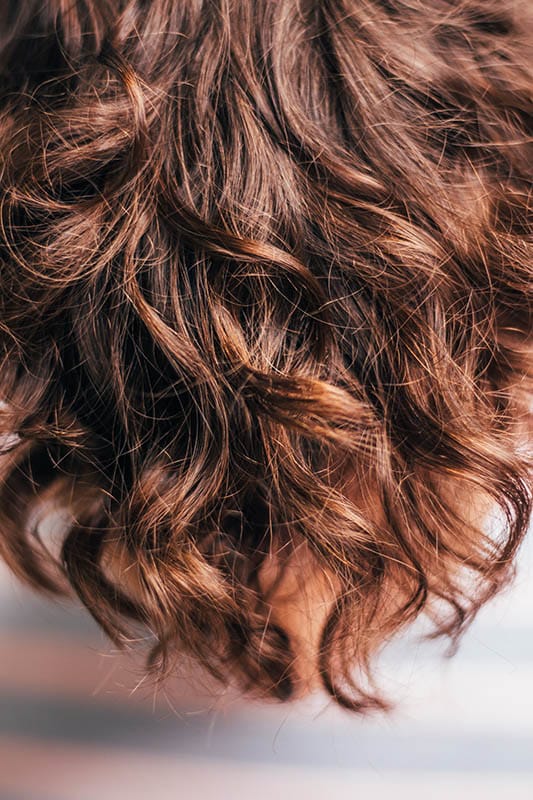
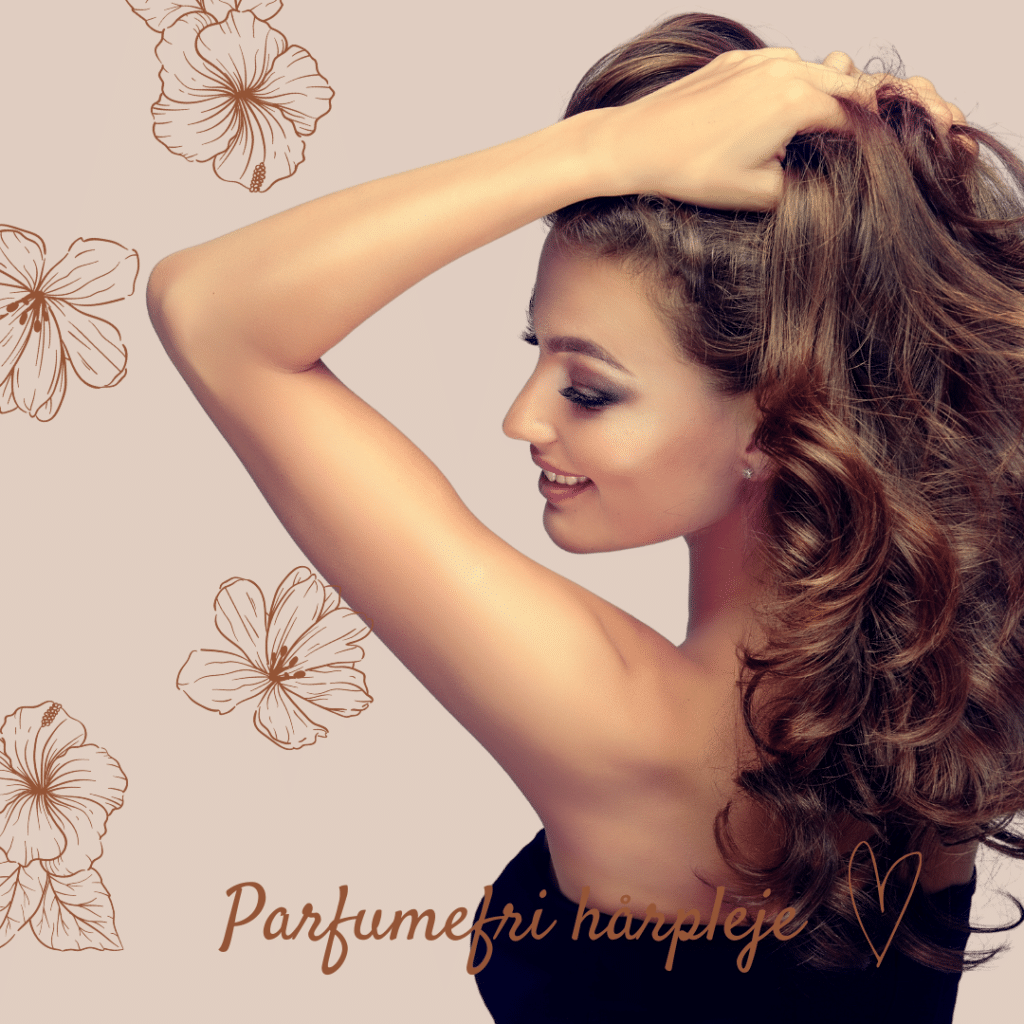
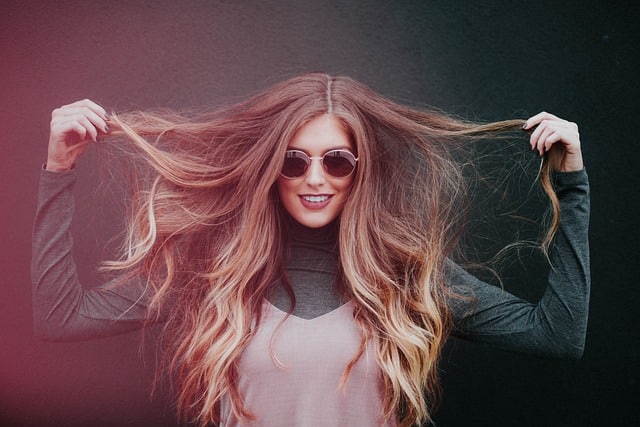
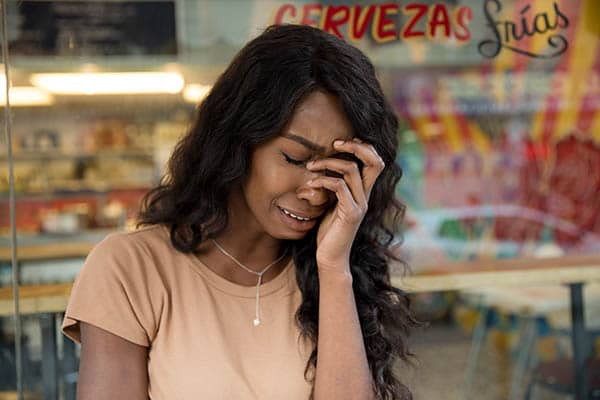
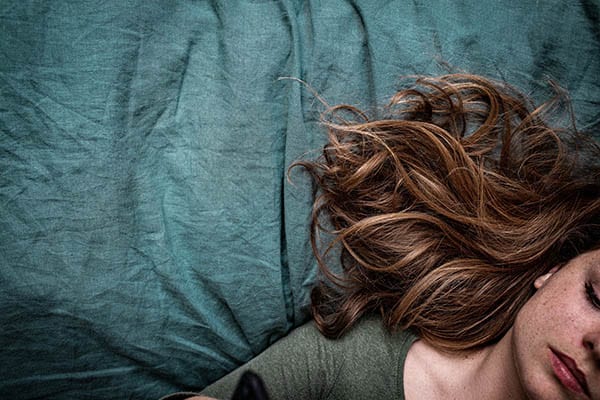
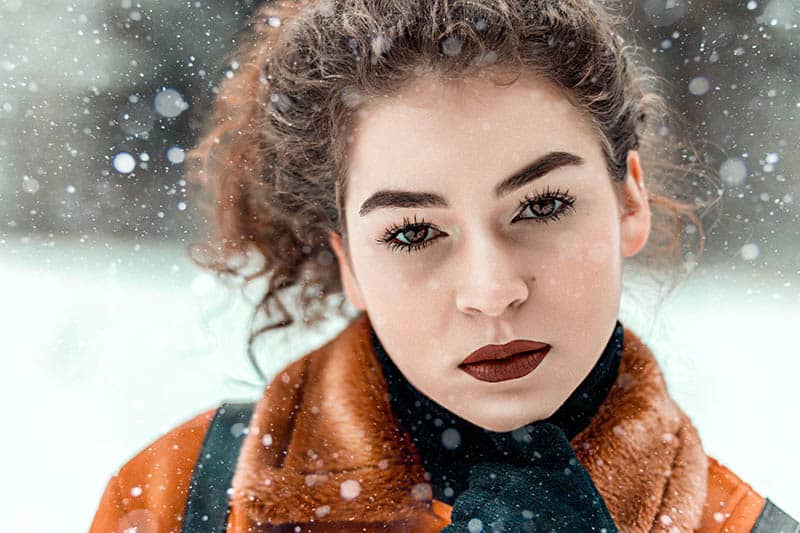

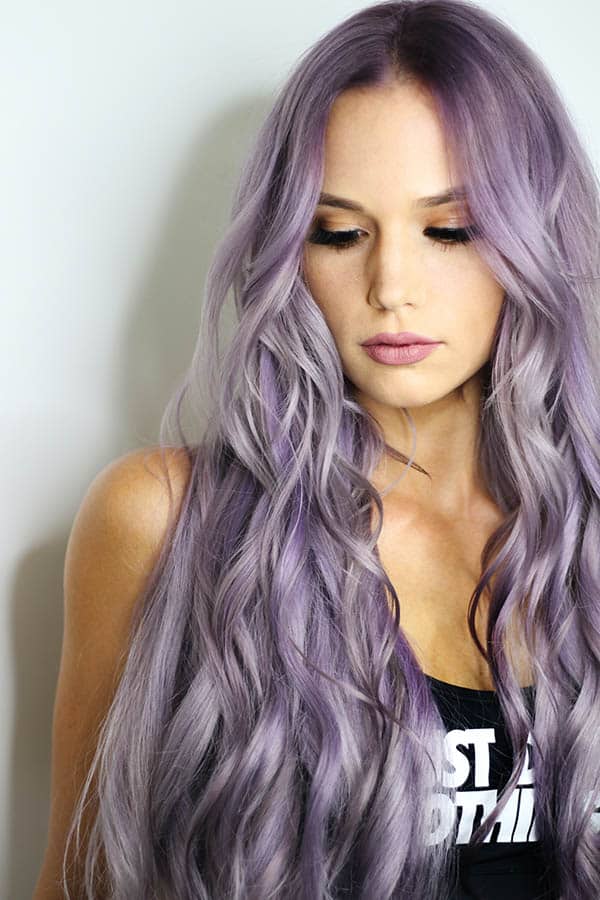
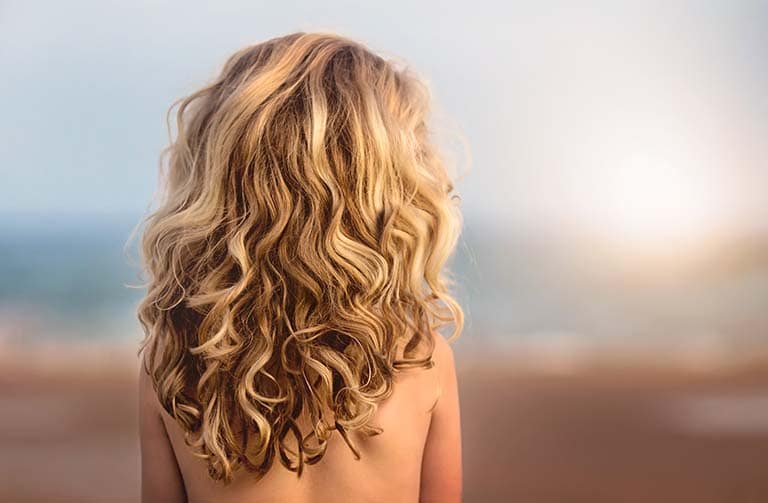
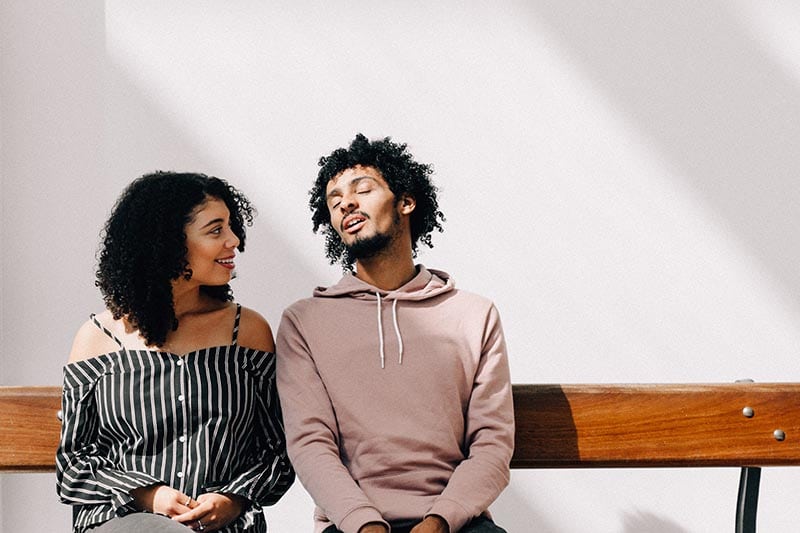
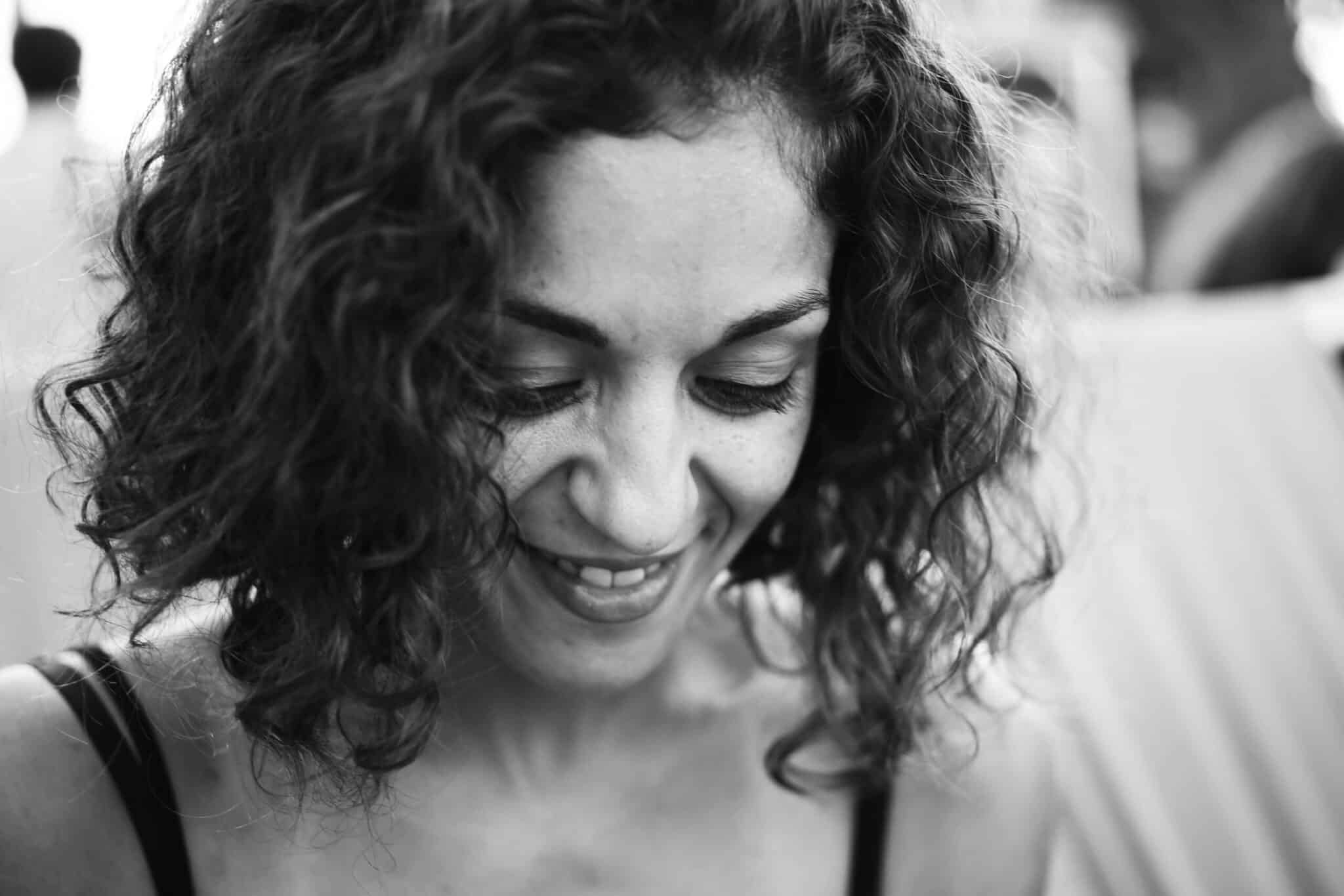
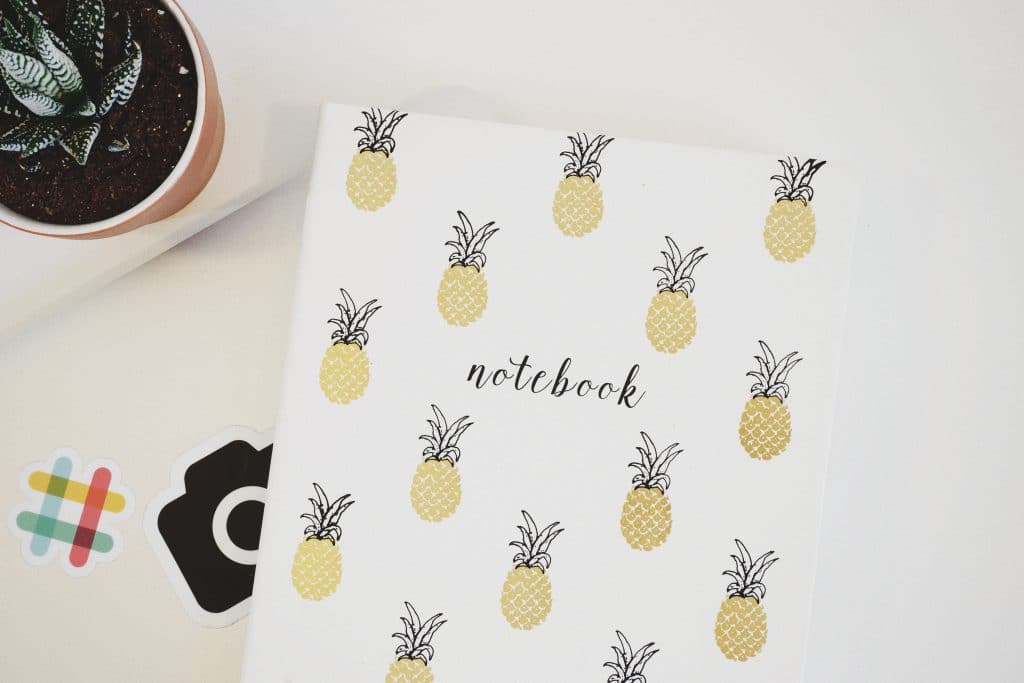
One thought on “Videnskaben bag krøller: Hvorfor har du krøllet hår?”